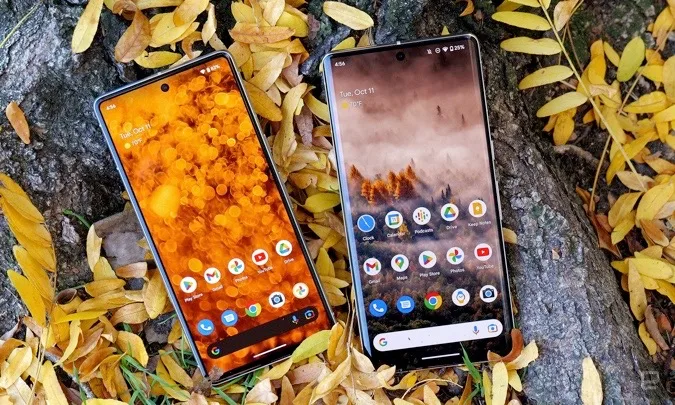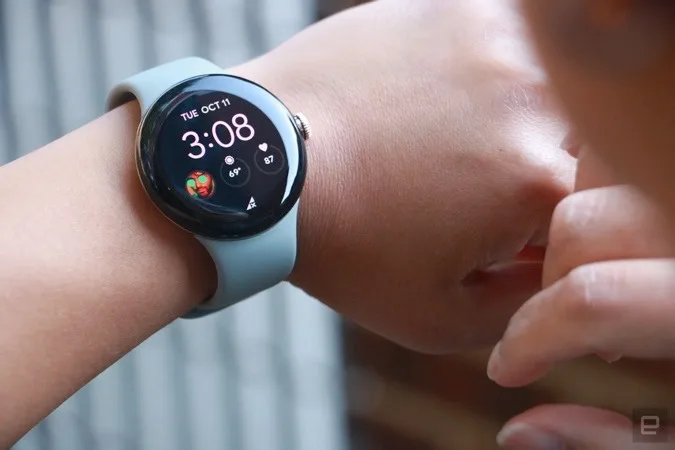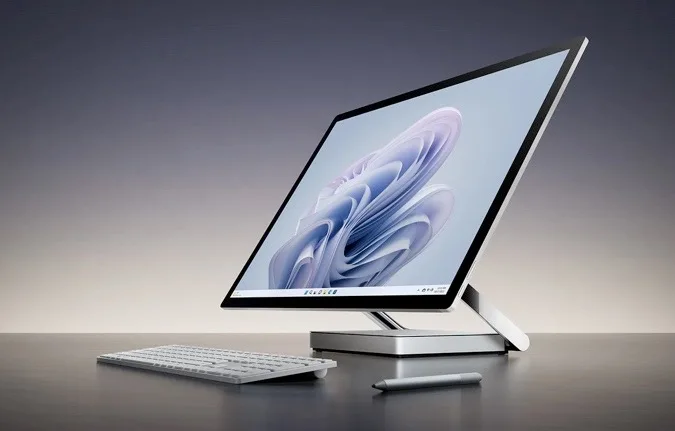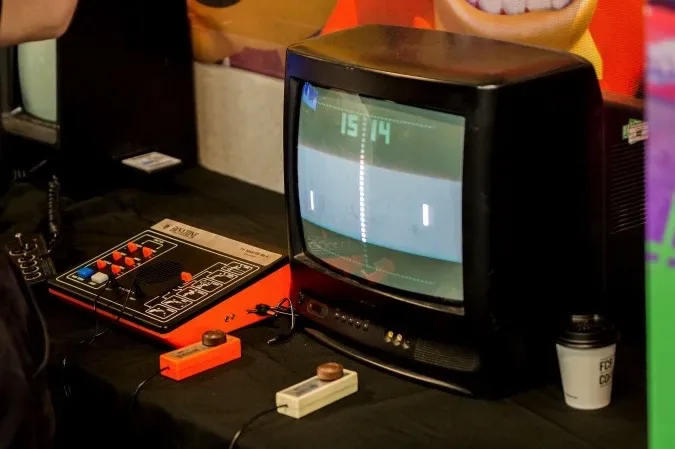The Morning After: Our verdict on the Pixel 7 and Pixel 7 Pro
Yes, we’ve got full reviews of Google’s new flagship phones as well as its first smartwatch. The phones fare better than the wearable, but we are on the seventh generation of Pixel smartphones, so that’s to be expected.
In addition to new software features and Tensor G2 chip, the Pixel 7 Pro gets a number of extra hardware upgrades compared to the standard Pixel 7. There’s a longer 5x telephoto zoom, and its ultra-wide cam can also take macro shots. The Pixel 7 Pro’s battery doesn’t last quite as long as its smaller, cheaper sibling, but it will easily last a day. But most importantly, priced at $899, the Pixel 7 Pro offers more for your money than most of its rivals.

Engadget
With the $599 Pixel 7, the specs and hardware haven’t changed a ton since last year’s device, but battery life is good, lasting almost 18 hours on our video rundown test. It’s also got a nicer matte finish compared to the glossy Pro. Check out our full review of both phones here.
Meanwhile, we have all the big Microsoft news, including early impressions of some new Surface PCs.
– Mat Smith
Did you know you can get these reports delivered daily, direct to your inbox?
The biggest stories you might have missed
Google and Fitbit’s imperfect marriage.

Engadget
The Pixel Watch, well, just feels good. As Engadget’s Cherlynn Low puts it, it’s like a “smooth, shiny pebble.” As a smartwatch, though? The software is competent, and Fitbit’s health-tracking integrations are excellent. Unfortunately, the Pixel Watch has a relatively short battery life and a Fitbit Premium paywall barricades many health metrics. But if you’re looking for an Android-friendly wearable that feels as premium as Apple, this might be it.
Continue reading.
No, you didn't read that CPU model wrong.

Microsoft
It's been four years since we got the Surface Studio 2, Microsoft’s flexible all-in-one PC. Now it’s time for a, er, mild upgrade. The Surface Studio 2+ is indeed significantly faster than before, thanks to Intel's 11th-gen CPU and NVIDIA's RTX 3060 graphics. But we've also spent most of this year being impressed by Intel's terrific 12th-gen hybrid chips, which deliver vastly better performance than 11th-gen CPUs. It's not called the Surface Studio 3 for a reason, I guess, but prices still start at $4,300.
Continue reading.
Can Intel and ARM models live in harmony?
The Surface Pro 9 is pretty much what we expected: a jump up to Intel's 12th-gen CPUs. But Microsoft surprised us with a huge shakeup for its tablet PCs. There's also a Surface Pro 9 running a custom SQ3 ARM chip, which includes built-in 5G. Choices! Either way, you're getting tablet PCs that can easily transform into functional laptops with their keyboard cases.
The SQ3 Arm model also has a few features the Intel version doesn't, thanks to its neural processor. That includes some real-time enhancements to video chats, like blurring your background. According to Microsoft, it's possible to bring those features to Intel chips when they have their own neural chips, but unfortunately, those aren't available in Intel's current lineup.
Continue reading.
But how long until they can play ‘Doom'?

Ollie Millington via Getty Images
Researchers who grew a brain cell culture in a lab claim they taught the cells to play a version of Pong. Scientists from a biotech startup called Cortical Labs say it's the first demonstrated example of a “mini-brain” being taught to carry out goal-directed tasks. DishBrain received a strong and consistent feedback signal (effectively a form of stimulus) when the paddle hit the ball and a short, random pulse when it missed. Apparently, after playing Pong for 20 minutes, the culture improved at the game.
Continue reading.
It’s launching a video doorbell, cameras and smart bulbs.
Roku is expanding beyond home theater setups and into smart home devices. The initial batch of Roku Smart Home products, which it collaborated on with Wyze, includes a smart doorbell, cameras, smart bulbs, smart light strips and smart plugs. The company didn't reveal specs for the devices in advance, but previous reports suggested they are rebadged versions of Wyze products, including Cam v3, Cam Pan V2 and Bulb Color. You'll also be able to use the Roku Voice Remote to bring up live camera feeds on your TV. Roku didn't offer a breakdown of pricing, but said its cameras “start below $27.”
Continue reading.
Listen to music (and meetings).
It’s always nice to see something beyond what we’d expect from Microsoft. Microsoft has unveiled an Audio Dock that, as the name implies, combines a speaker with a laptop hub. The design centers on an omni-directional speakerphone and includes a 60W USB-C connection for charging your computer, two regular USB-C ports, an HDMI 2.0 jack and a single USB-A port. The company is leaning heavily on the Audio Dock's usefulness for meetings, whether that’s from the office or the home office. You'll find large dedicated buttons for the microphone toggle (handy for working from home) and launching Teams. Because Microsoft.
Continue reading.
All products recommended by Engadget are selected by our editorial team, independent of our parent company. Some of our stories include affiliate links. If you buy something through one of these links, we may earn an affiliate commission. All prices are correct at the time of publishing.

